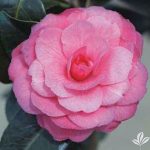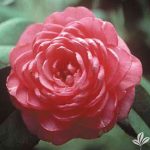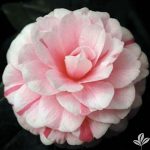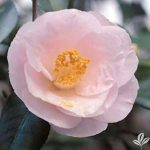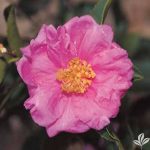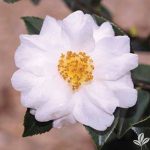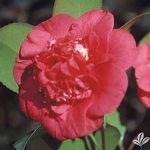Embrace Spring’s Splendor: Discover the Beauty and Benefits of Blooming Trees
As the cold grip of winter loosens its hold and the earth awakens with vibrant colors, there’s no denying the enchantment of spring. Among nature’s many gifts during this season are the majestic spring blooming trees, painting the landscape with their radiant hues and filling the air with their sweet fragrance. Seek solace in the serenity of nature while cherishing the finer things in life, these trees offer a timeless allure and a myriad of benefits.
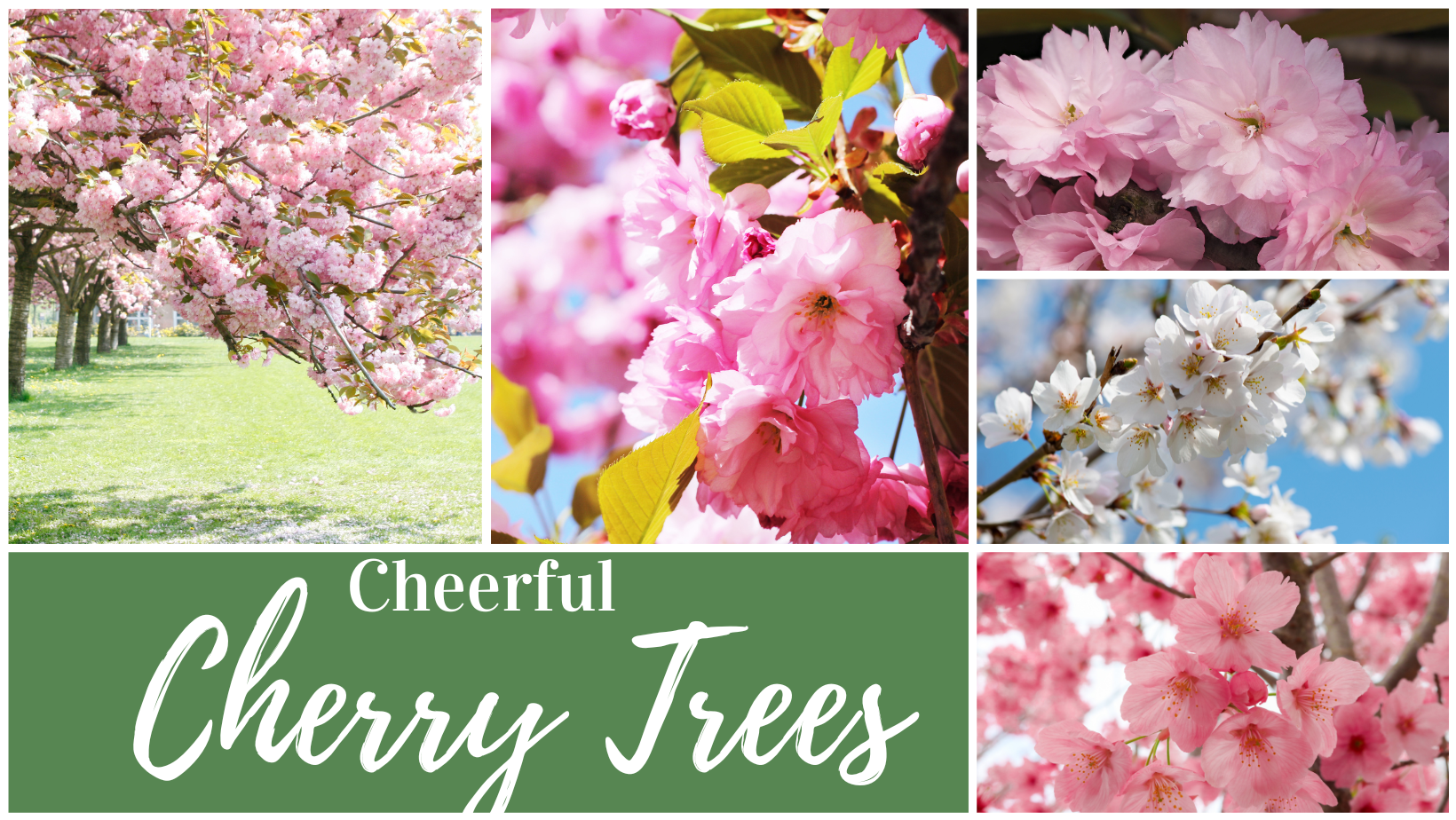
Cherry Blossoms: Elegance Personified
Step into a realm of timeless elegance with the ethereal beauty of cherry blossoms. These delicate blooms, reminiscent of fleeting moments, captivate the heart with their graceful charm. Picture yourself strolling beneath a canopy of blush-pink petals, each step a gentle reminder to embrace life’s transient joys. Cherry blossoms symbolize renewal and the ephemeral nature of existence, urging us to seize the moment and savor every precious memory.
Cultivars to Consider:
Kwanzan
Yoshino
Autumnalis
Okamee
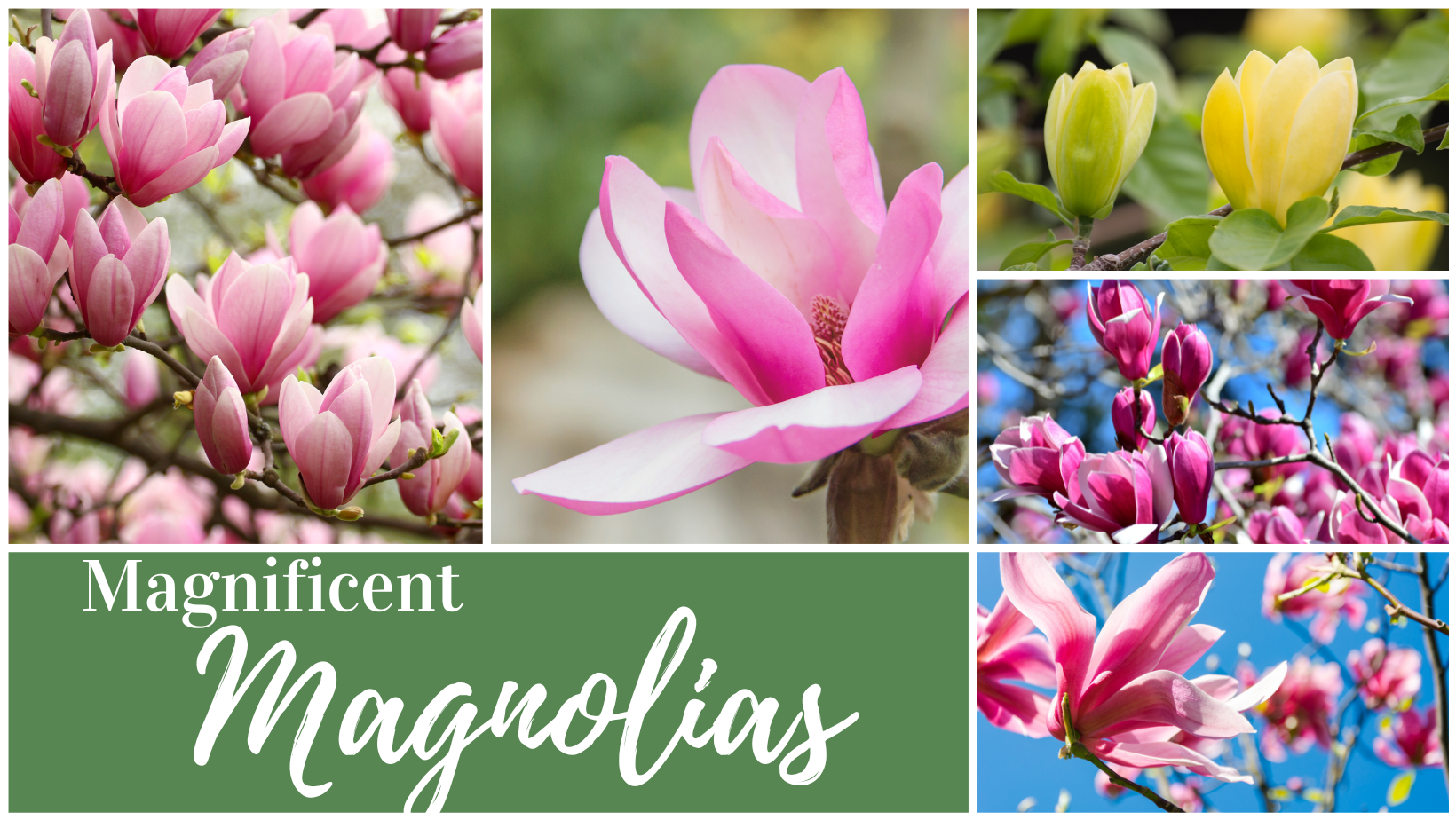
Magnolias: Magnificence in Bloom
For those who appreciate grandeur and sophistication, magnolias reign supreme. With their striking, large blossoms and intoxicating fragrance, magnolia trees command attention and inspire awe. Imagine a garden adorned with the
se majestic blooms, exuding an air of opulence and refinement. Magnolias symbolize purity and dignity, inviting us to stand tall amidst life’s challenges and embrace our inner strength with grace and poise.
Cultivars to Consider:
Jane
Louis
Genie
Daybreak
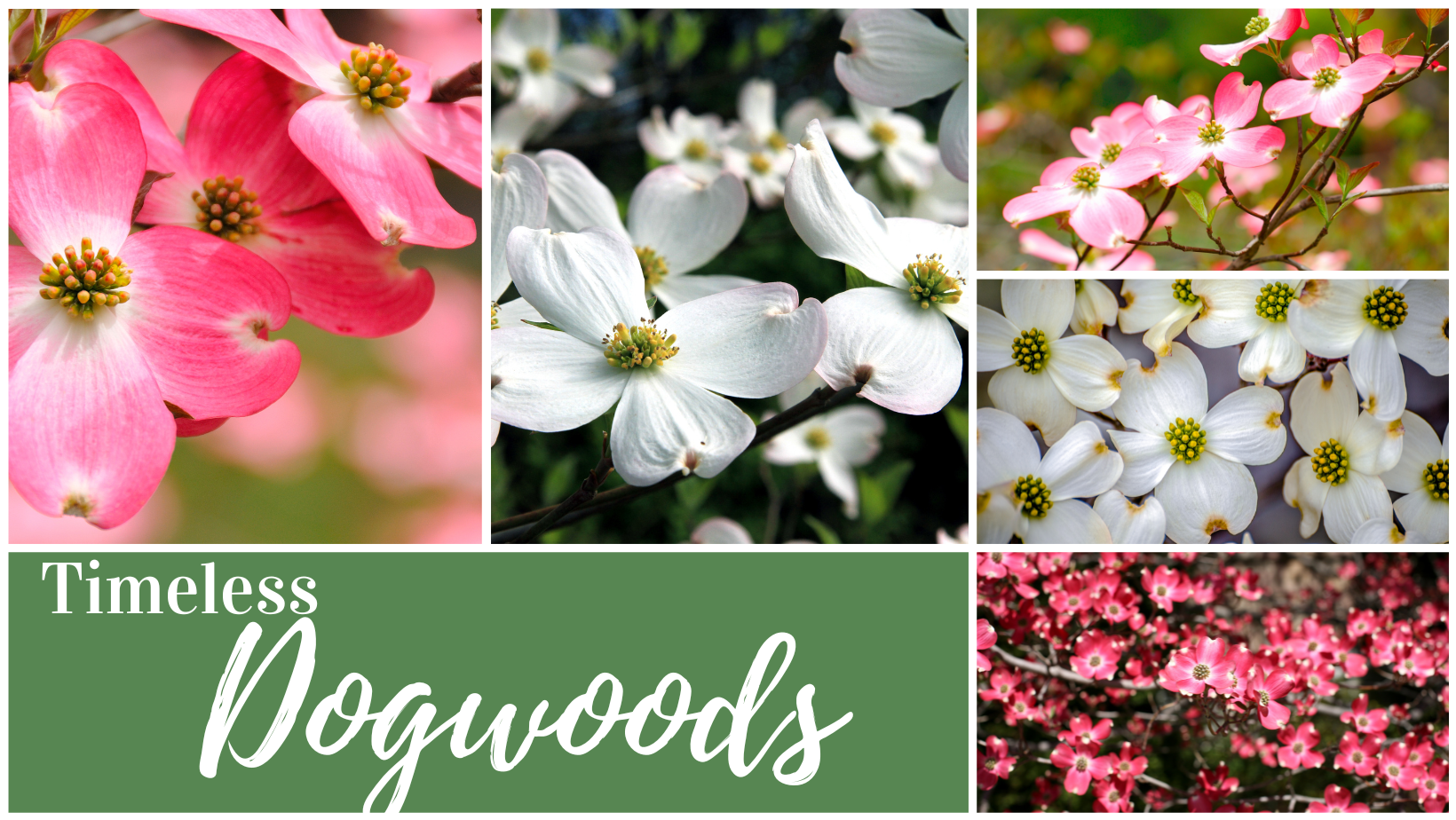 Dogwoods: Timeless Charm
Dogwoods: Timeless Charm
In a world that’s constantly evolving, there’s comfort inthe enduring charm of dogwood trees. Their dainty, star-like blooms and distinctive cross-shaped petals evoke a sense of nostalgia and tradition. Picture a tranquil afternoon spent in the shade of a dogwood tree, surrounded by its timeless beauty and whispered secrets. Dogwoods symbolize resilience and faith, reminding us to stay rooted in our beliefs while adapting to life’s ever-changing seasons.
Stellar Pink
Celestial
Kousa
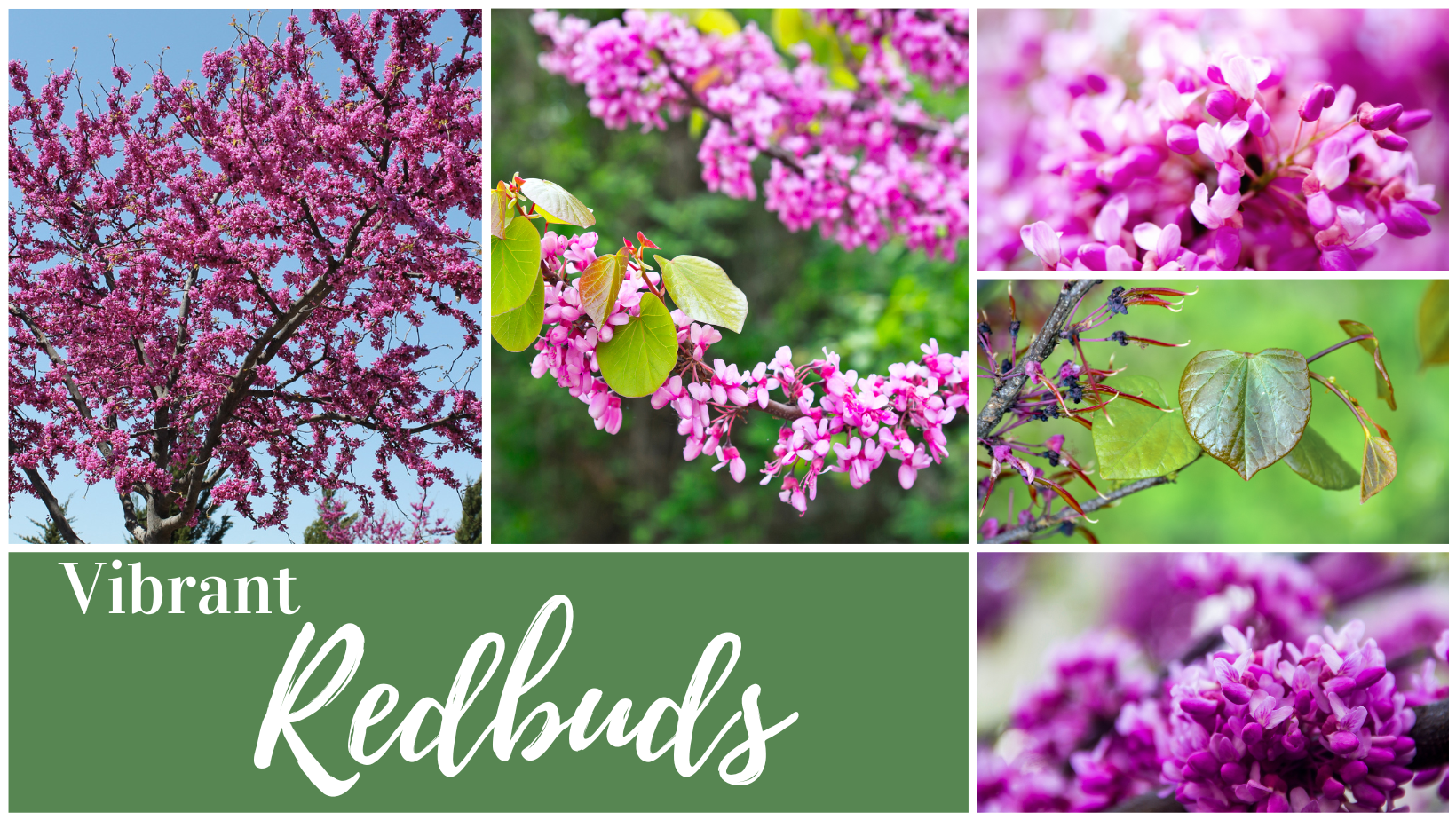 Redbuds: A Vision in Vivid Purple
Redbuds: A Vision in Vivid Purple
Step into a realm of enchantment with the mesmerizing beauty of Redbud trees. Adorned with delicate, heart-shaped leaves and clusters of vibrant purple blossoms, Redbuds are a sight to behold. Picture yourself strolling beneath a canopy of these ethereal blooms, their rich hue casting a spell of wonder and awe. Redbuds symbolize resilience and grace, reminding us to find strength in adversity and embrace the beauty of life’s journey.
Eastern Redbud
Carolina Sweetheart
The Rising Sun
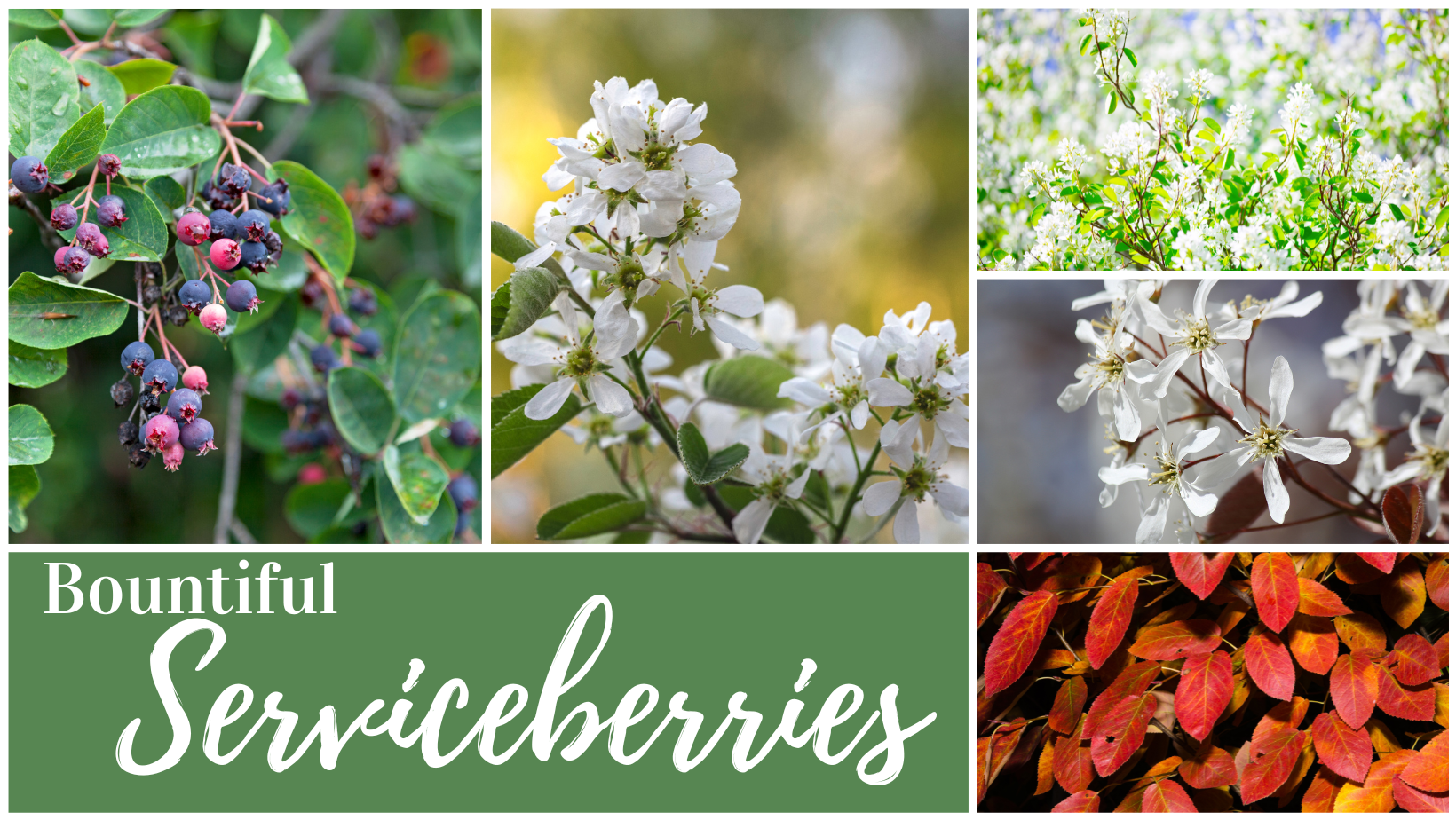
Serviceberries: Nature’s Bounty
Indulge in the bountiful beauty of Serviceberry trees, where each blossom holds the promise of sweet treasures to come. With their dainty white flowers and luscious berries, Serviceberries are a feast for the senses. Imagine plucking ripe berries straight from the tree, their juicy sweetness a testament to nature’s abundance. Serviceberries symbolize nourishment and renewal, inviting us to savor life’s simple pleasures and cultivate gratitude for all that surrounds us.
Cultivars to consider
Autumn Brilliance
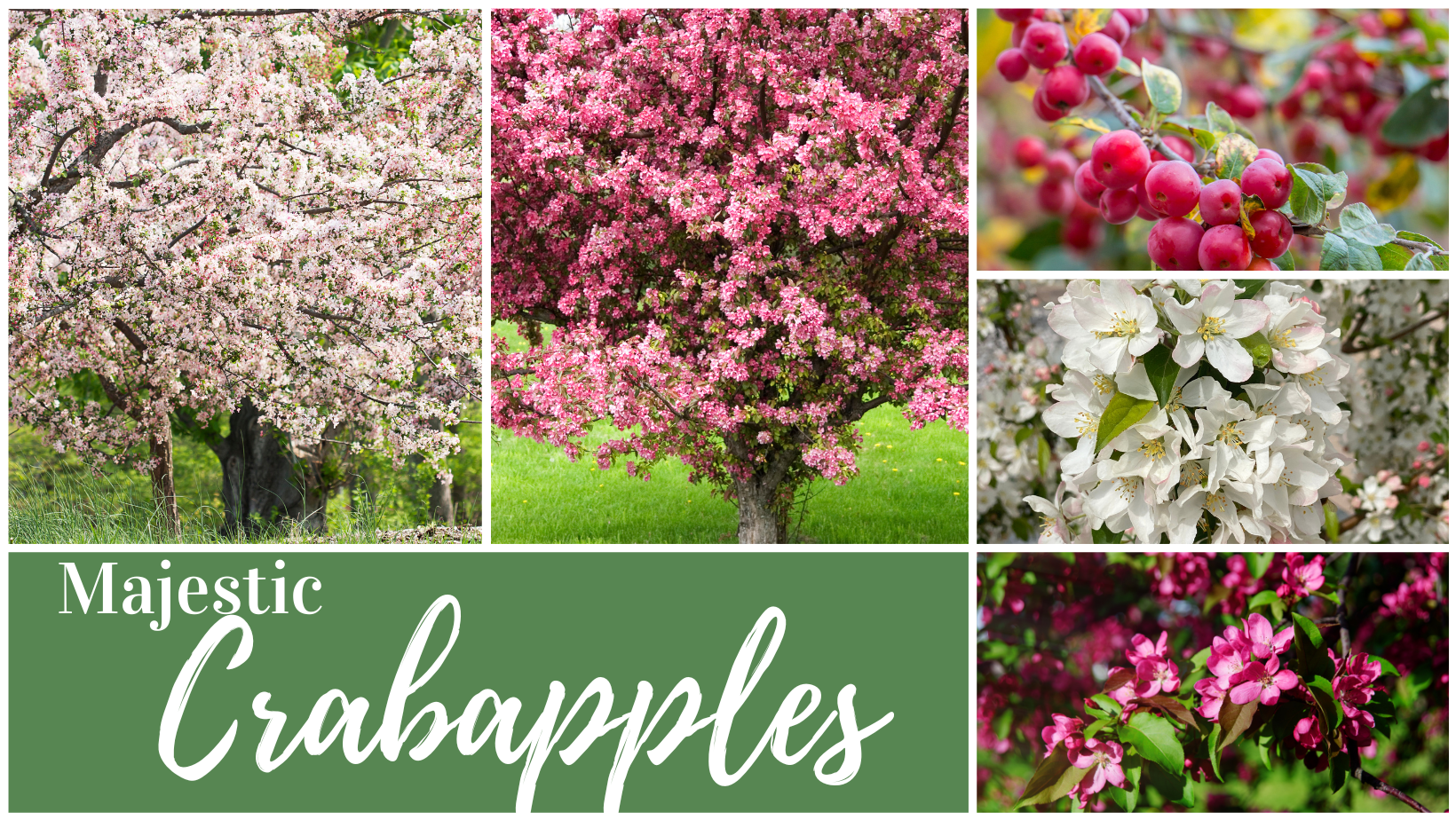 Crabapples: A Tapestry of Color
Crabapples: A Tapestry of Color
Immerse yourself in a tapestry of color with the majestic Crabapple trees. From delicate white to vibrant pink, their blossoms paint the landscape with a kaleidoscope of hues. Picture yourself beneath a canopy of blossoms, their petals dancing in the breeze like confetti celebrating the arrival of spring. Crabapples symbolize beauty and diversity, reminding us to embrace the richness of life’s experiences and revel in the diversity of the world around us.
Cultivars to Consider:
Lollipop
Showtime
Louisa
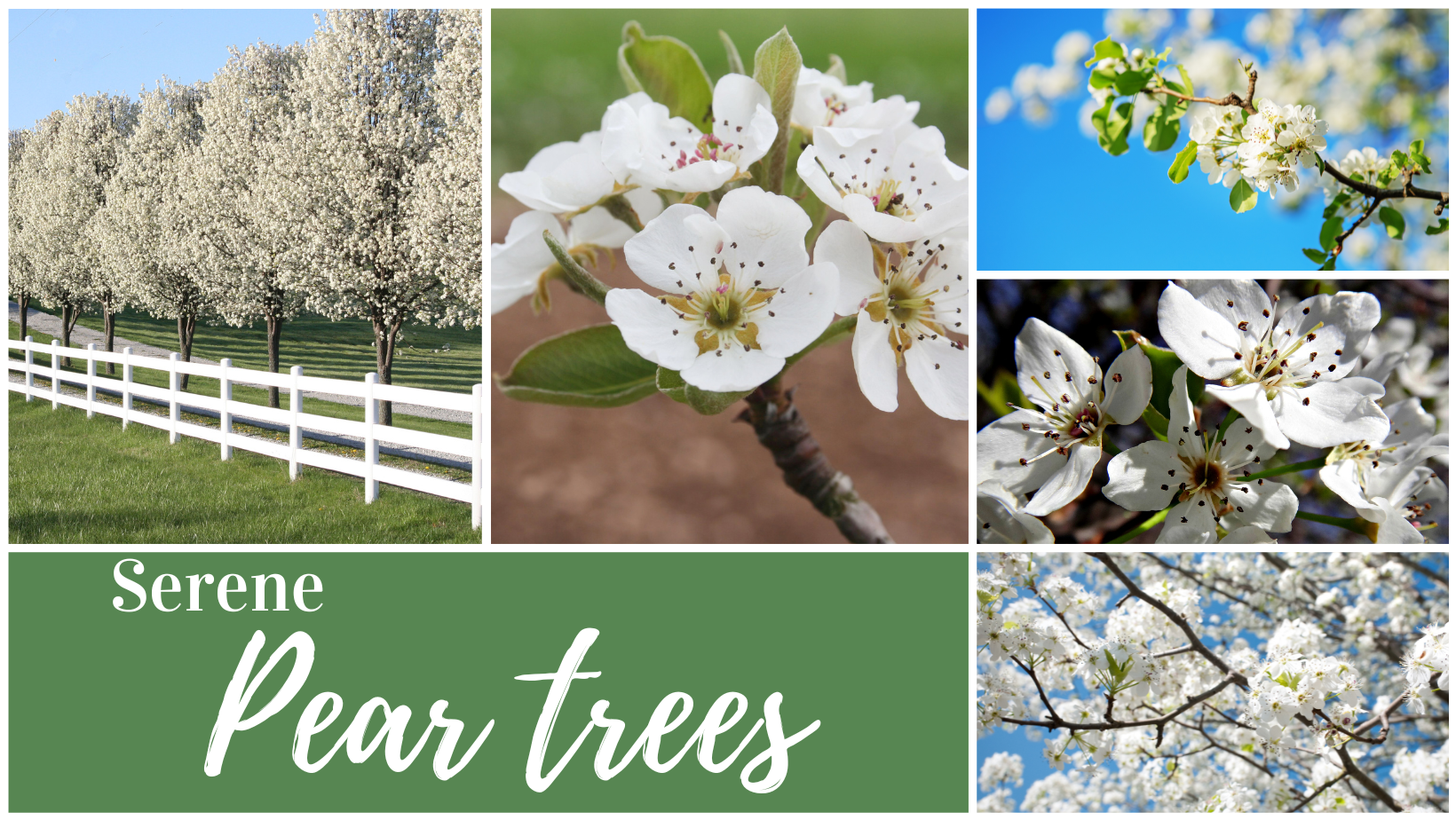
Pears: Serenity in Bloom
Find serenity amidst the beauty of Pear trees, where delicate blossoms herald the promise of abundance. With their soft, white petals and subtle fragrance, Pear blossoms evoke a sense of calm and tranquility. Imagine a peaceful afternoon spent beneath the shade of a Pear tree, surrounded by its gentle beauty and soothing presence. Pears symbolize wisdom and prosperity, encouraging us to cultivate inner peace and abundance in all aspects of our lives.
Cultivars to Consider:
Cleveland Select
Why Choose? Embrace Variety!
This spring, awaken your senses and rejuvenate your soul with the enchanting beauty of blooming trees. Whether you’re seeking solace in nature’s embrace or simply longing to add a touch of elegance to your surroundings, spring blooming trees offer a timeless allure that transcends age and captivates the heart. Embrace the beauty of spring blooming trees, and let their splendor inspire you to embrace life’s fleeting moments with grace and gratitude.







